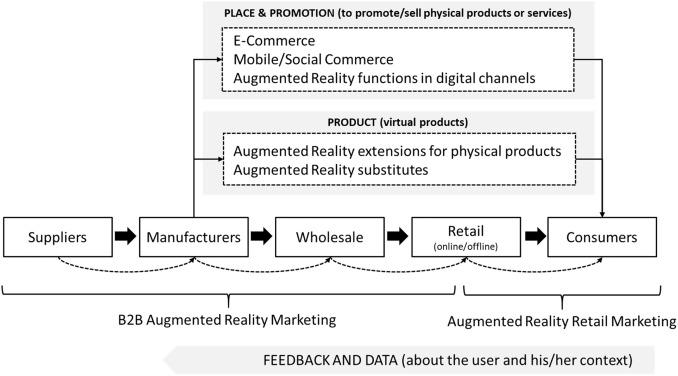The Future of Academic Transcripts: How Digital Innovation is Transforming Education Records
Academic transcripts have long been the cornerstone of validating educational achievement. Yet, as traditional paper-based records struggle to keep up with the demands of our digital world, digital innovation is rapidly transforming the landscape of education records. From blockchain-secured certificates to instant transcript delivery, the future promises faster, safer, and more student-centric solutions.In this complete guide, we’ll explore how technologies are reshaping academic transcripts, the benefits of going digital, real-world case studies, and practical tips for institutions and learners.
Understanding academic Transcripts in the Digital Age
An academic transcript is an official record of a student’s coursework and grades, often used for employment, continuing education, or immigration. Traditionally, these have been printed, notarized, and mailed—an approach that can be costly, slow, and prone to human error. As the world embraces digital transformation, these limitations are being addressed by innovative new platforms and standards.
Key Trends in Education Records
- Automation: Institutions automate transcript generation and delivery, saving thousands of staff hours yearly.
- Interoperability: Global standards enable transcripts to be shared across borders and platforms.
- Security: Technologies like blockchain prevent tampering and protect against fraud.
- student Control: Students can manage how and when their academic records are shared.
The Digital Transformation of Academic Transcripts
Digital transformation in education records is being driven by a need for efficiency,transparency,and global mobility. As online learning and international partnerships grow, so does the demand for easily verifiable and accessible academic achievements.
Emerging Technologies Powering the Change
- Blockchain Technology: Distributes education records securely and permanently, allowing instant verification by employers or academic institutions.
- Cloud-Based Portals: Students and institutions can access, send, and receive transcripts from anywhere with just a few clicks.
- Data Encryption: Protects personal and academic information from unauthorized access.
- API Integrations: Connects transcript systems to application portals, government agencies, and more for seamless data exchange.
Benefits of Digital Academic Transcripts
Adopting digital academic transcripts offers significant advantages for students, educators, employers, and third parties.
For Students
- Instant Access: No more waiting weeks for a mailed transcript. secure digital copies are available in seconds.
- Ownership: Learners can control who accesses their records, ensuring privacy and data security.
- Global Recognition: Digital interoperability enables records to be accepted by international employers or universities.
For Institutions
- Lower Costs: Reduced printing and administrative expenses.
- Reduced Errors: Automated data entry limits mistakes and data loss.
- Reduced Fraud: Secure platforms make it nearly impossible to forge or alter transcripts.
For Employers and Third Parties
- Faster Verification: Immediate access means quicker hiring decisions.
- Trust and Authenticity: Blockchain and secure authentication build confidence in credentials.
Case Studies: Digital Transcripts in Action
1. The National Student Clearinghouse (USA)
The National Student Clearinghouse serves thousands of US colleges, securely delivering millions of transcripts digitally each year. Their platform integrates with institutional systems, ensuring fast, accurate electronic record sharing.
2. The European Digital Credentials (EDC) Initiative
The European Commission’s EDC enables member states to issue digital diplomas and transcripts using blockchain and common data models. this makes EU-wide academic mobility and validation seamless, benefitting students who study and work across borders.
3. Digitary (Australia, Ireland, Canada)
Digitary allows students to digitally access and share their official transcripts and records globally.Their cloud-based platform empowers students to share verified credentials with universities and potential employers quickly and securely.
First-Hand Experience: A Student’s Perspective
“When I applied to graduate programs in Europe, sending paper transcripts sometimes took weeks and cost nearly $50 per copy. With digital transcripts, I uploaded my documents within minutes — and the universities could instantly verify their authenticity. It saved time, money, and stress!”
— Jessica C., International Graduate Student
Challenges and Considerations
While the shift to digital education records is promising, there are challenges to keep in mind:
- Data Privacy: Institutions must comply with regulations like GDPR to safeguard student information.
- Standardization: Ensuring universal acceptance requires common data formats and verification protocols.
- Digital Divide: Not all students or institutions have equal access to digital tools and platforms.
- change Management: Training staff, updating policies, and educating students take time and resources.
Tips for Educational Institutions: Successfully Transitioning to Digital Transcripts
- Choose a Trusted Platform: Work with established digital credential providers experienced in higher education.
- Implement Strong Security: Leverage encryption and two-factor authentication to prevent unauthorized access.
- Engage Stakeholders: Involve IT staff, faculty, students, and third-party verifiers in planning and deployment.
- Educate Students: Offer guides and workshops explaining how to access, use, and share digital transcripts.
- Align with Global Standards: Adopt formats like the IMS Global Comprehensive Learner Record Standard for interoperability.
The Future of Academic Transcripts: What Lies Ahead?
Looking forward, the future of academic transcripts goes far beyond just digitizing paper records. Expect to see:
- Comprehensive Learner Records (CLR): Digital portfolios that capture formal coursework,certifications,microcredentials,and even soft skills or extracurricular achievements.
- AI-driven Analytics: Enabling personalized learning, career pathways, and more sophisticated credential recognition.
- Global Credential Wallets: secure apps where learners manage their entire suite of verified education and professional achievements.
- Seamless Inter-Institution Data Flows: Instant transcript transfers across universities and employers,nonetheless of geography.
Why now is the time to Embrace Digital Innovation
As remote learning, international study, and lifelong education become the norm, the value of fast, secure, and portable academic transcripts cannot be overstated. Digital transformation is not just a trend—its a necessity for empowering students in the 21st-century knowledge economy.
Conclusion
The future of academic transcripts is digital, dynamic, and student-centric. By embracing innovative technologies such as blockchain, cloud storage, and standardization, institutions can deliver greater value, security, and accessibility to learners worldwide. As challenges are addressed and adoption accelerates, digital academic transcripts will play a pivotal role in unlocking new opportunities across education, employment, and global mobility.
For students and institutions alike, now is the perfect time to prepare for—and help shape—the brighter, more connected future of education records.

